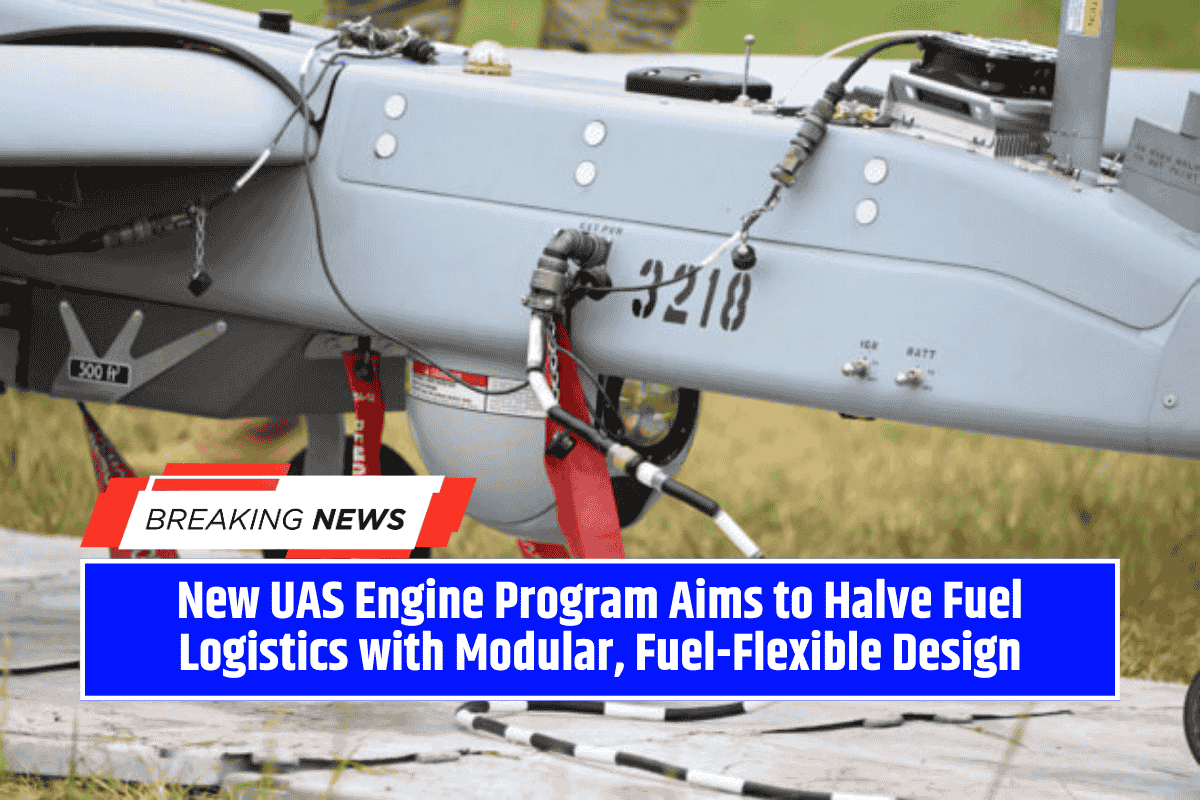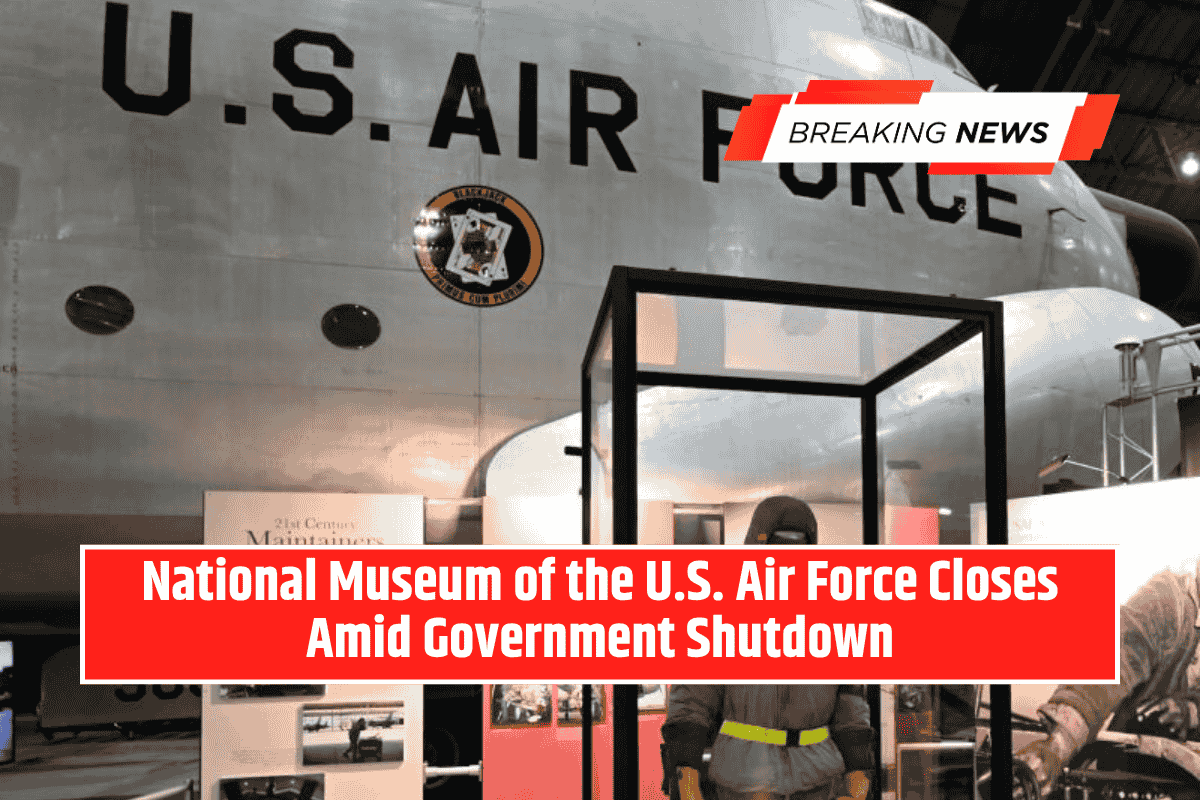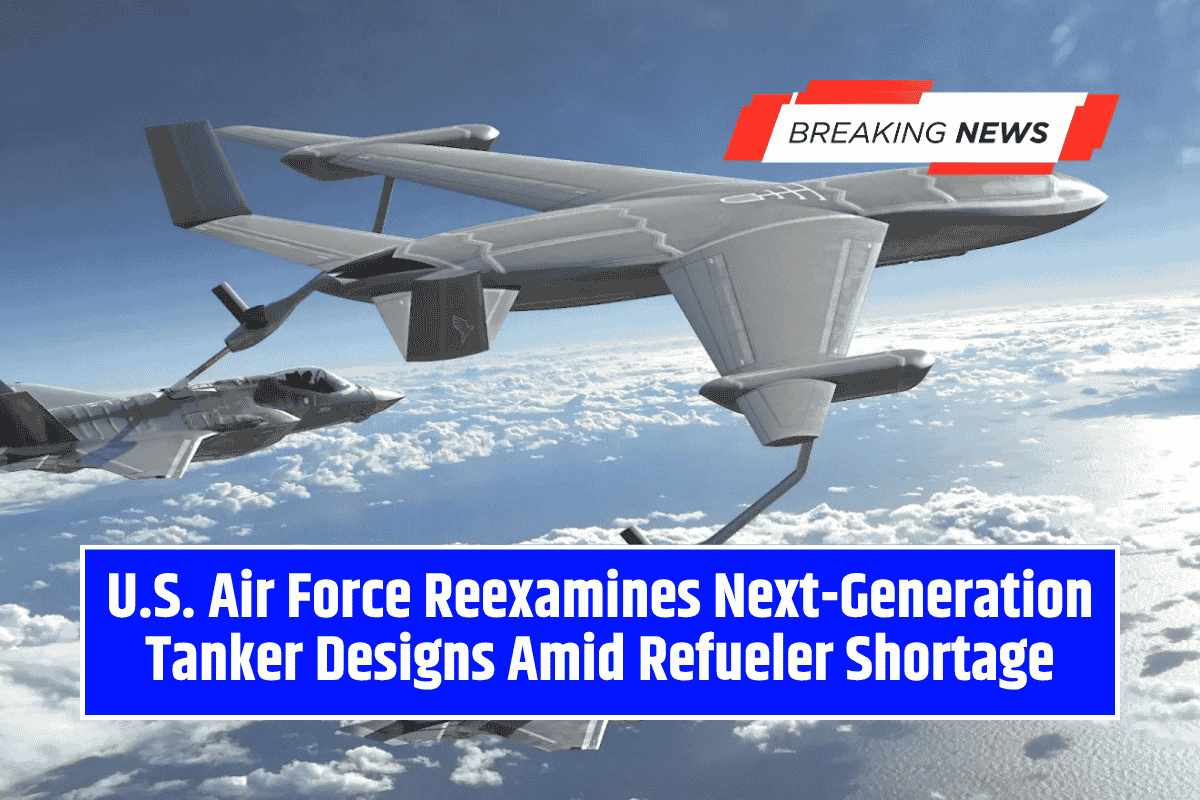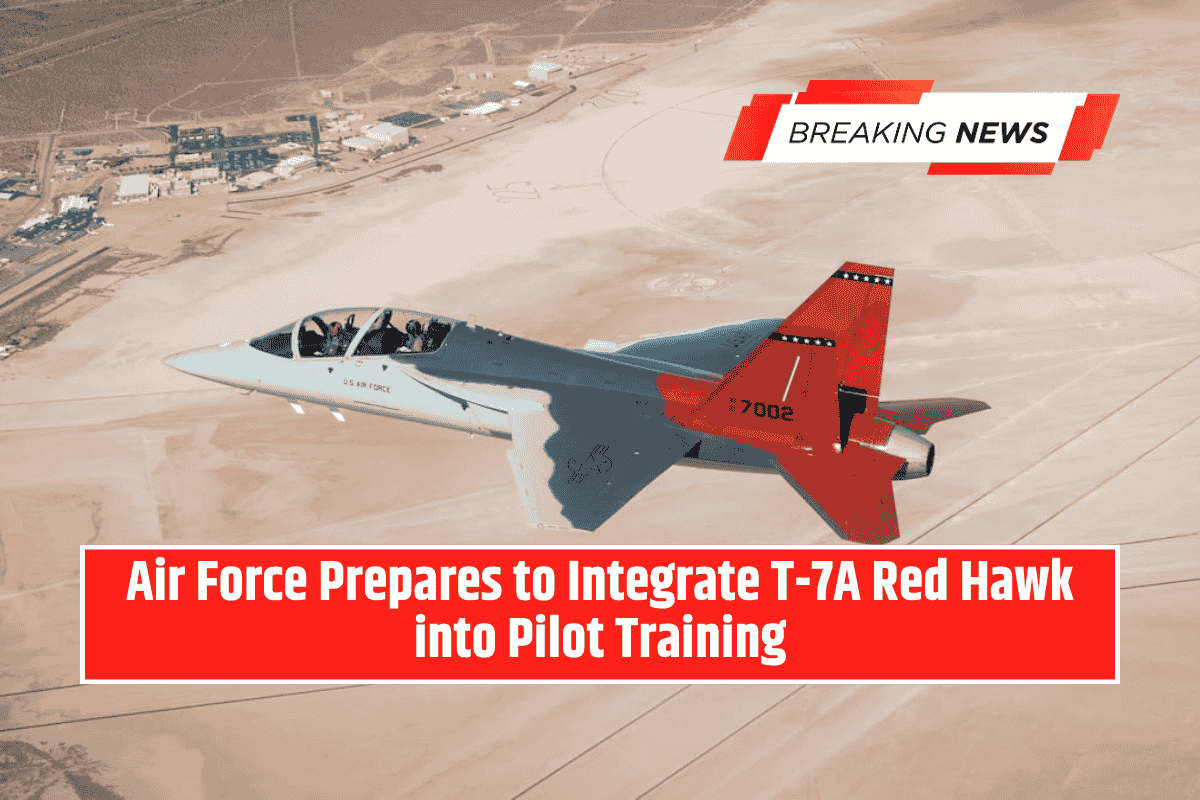The Department of War has awarded a technology-development contract to build a modular, fuel-flexible propulsion system for unmanned aerial systems (UAS).
Officially named the Modular Operationally Resilient Fuel-Flexible Extreme-Efficiency UAS-Engine System, the program targets dramatically reduced fuel demand and a more resilient logistics footprint—potentially cutting the fuel supply chain by as much as 50 percent.
Work will be performed in Cookeville, Tennessee, under Air Force Research Laboratory (AFRL) oversight, with a projected completion date of August 30, 2028.
Program Overview and Objectives
The program funds a technology development and demonstration effort to advance UAS powerplants that are both modular and fuel-flexible. Key goals include:
- Significantly improving propulsion efficiency to extend endurance and reduce fuel burn.
- Enabling operation on a wider range of fuel types (diesel, JP-8, biofuels, etc.), increasing operational flexibility in austere or contested environments.
- Designing modular components that simplify maintenance, repair, and upgrades in the field.
If successful, the system would let unmanned platforms operate farther from forward bases and maintain longer missions without frequent fuel resupply—reducing convoy exposure and other logistics risks.
Contract and Oversight Details
- Contracting agency: Department of War (managed by AFRL, Wright Site).
- Contract number: FA2394-25-C-B056.
- Work location: Cookeville, Tennessee.
- Completion target: August 30, 2028.
- Acquisition: Result of a competitive process; one proposal was received and selected.
AFRL at Wright-Patterson AFB (Ohio) will oversee the effort, shepherding the technology from development through demonstration.
Operational Rationale and Strategic Impact
Pentagon planners have emphasized logistics resilience as a priority for operations in contested environments—where fuel lines and convoys are vulnerable to attack or interdiction. A fuel-flexible, higher-efficiency UAS engine could:
- Halve the physical volume and frequency of fuel deliveries required to sustain UAS operations.
- Allow use of locally available fuel blends or alternative fuels when standard aviation fuel is scarce.
- Increase mission reach and persistence for ISR (intelligence, surveillance, reconnaissance), communications relay, and strike-enable drones.
Taken together, those advantages would reduce operational risk, increase deployment options, and better align unmanned operations with rapidly changing battlefield conditions.
Technical Approaches (What to Expect)
While full technical specifics will emerge during development, the program is likely to explore:
- Advanced thermodynamic cycles and materials to boost thermal efficiency.
- Modular core architectures that let operators swap compressor, turbine, or accessory modules in the field.
- Adaptive fuel-management systems and combustion chambers tolerant of variable fuel qualities.
- Integration with existing UAS platforms and ground logistics systems to minimize retrofitting time.
Next Steps and Timeline
With the contract awarded and a four-year development window ahead, the near-term focus will be on design maturation, component testing, and mission-relevant demonstrations.
AFRL will supervise milestones and field demonstrations intended to validate the system’s claimed fuel savings and operational resilience before broader procurement decisions are made.
Bottom Line
The Modular Operationally Resilient Fuel-Flexible Extreme-Efficiency UAS-Engine System represents a targeted attempt to shrink the logistics tail that constrains distributed and contested operations.
If the program reaches its objectives, it could transform how UAS fleets are sustained—making long-range, persistent unmanned operations cheaper, more flexible, and less dependent on vulnerable supply lines.








